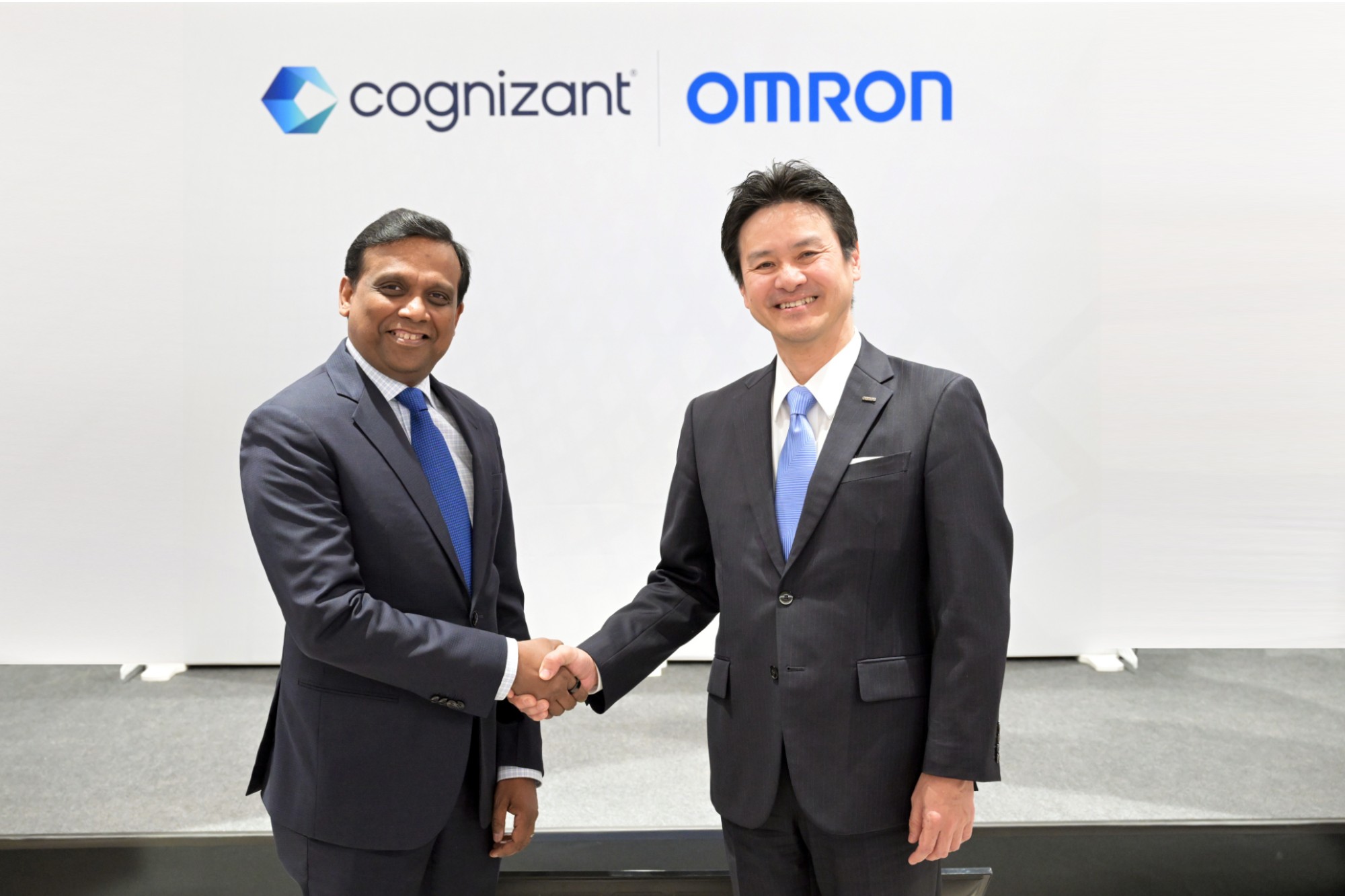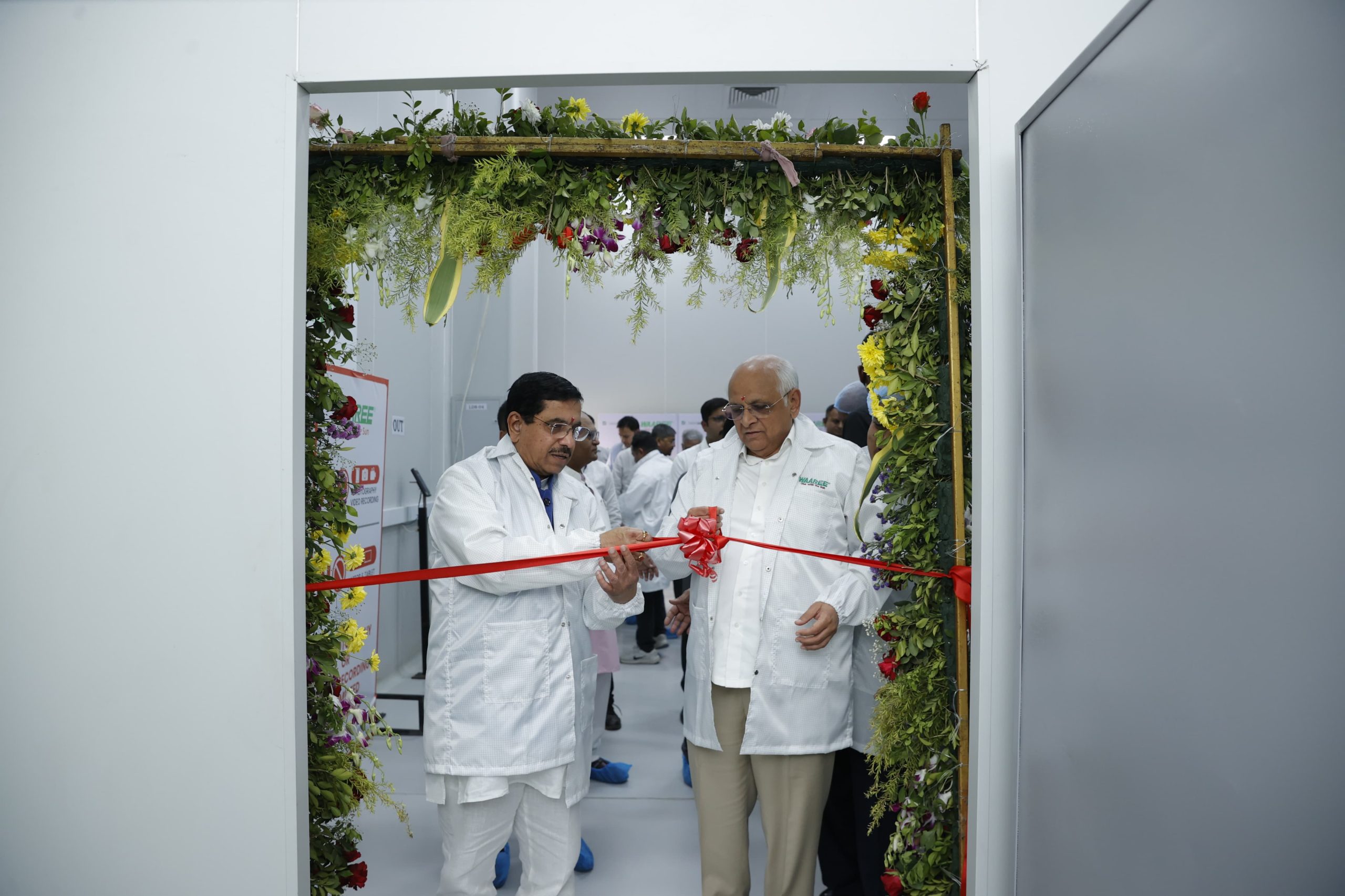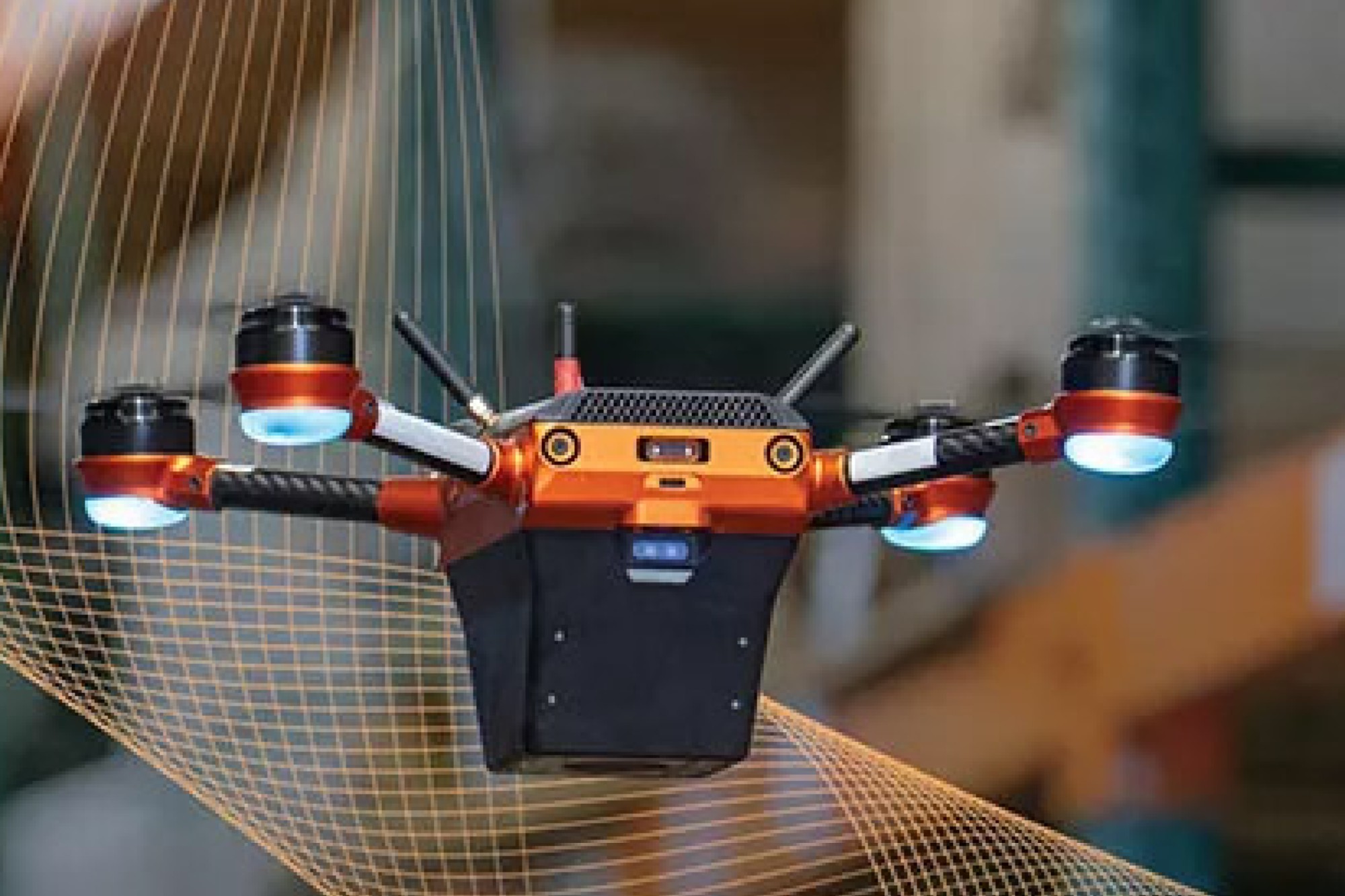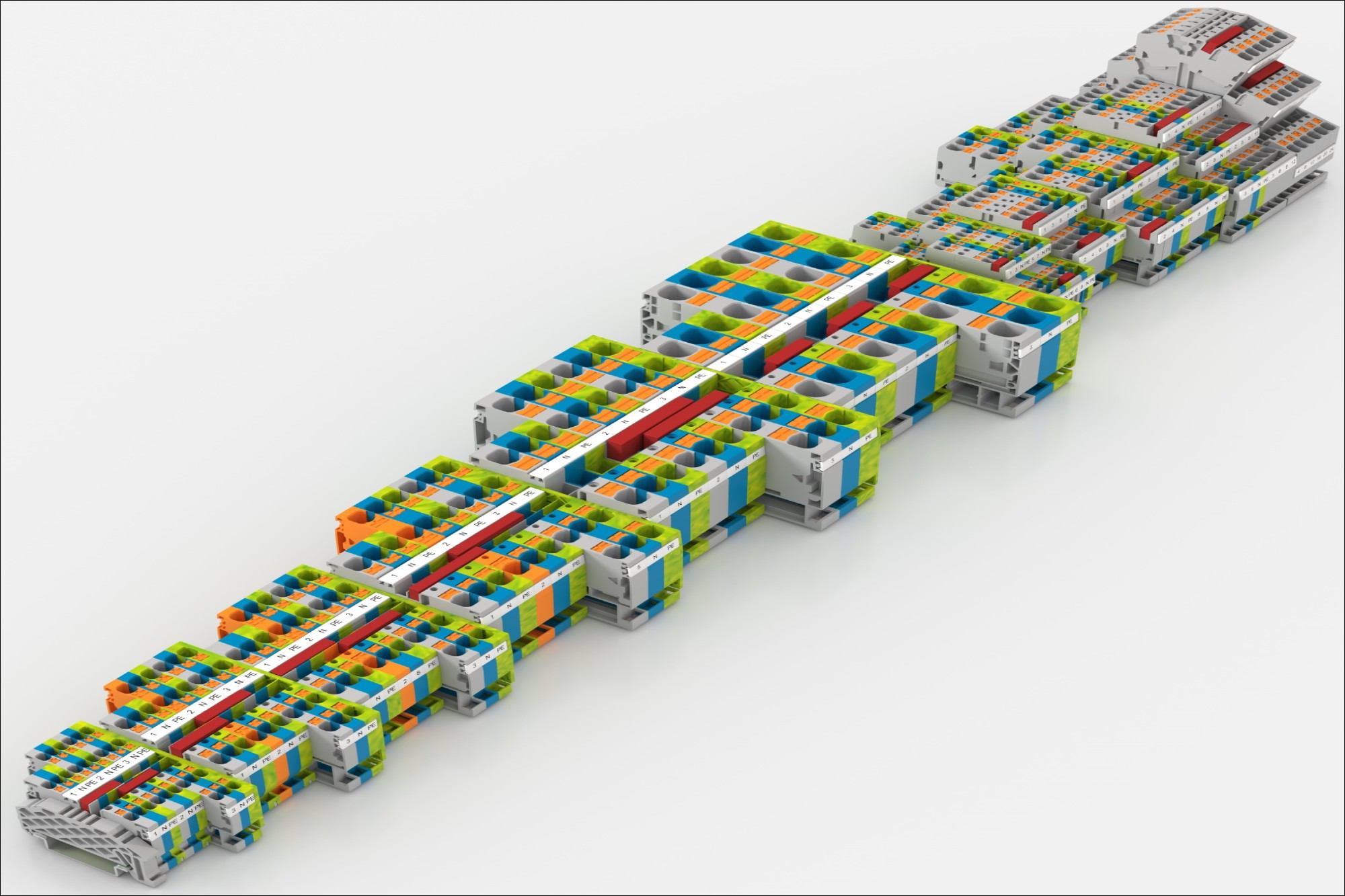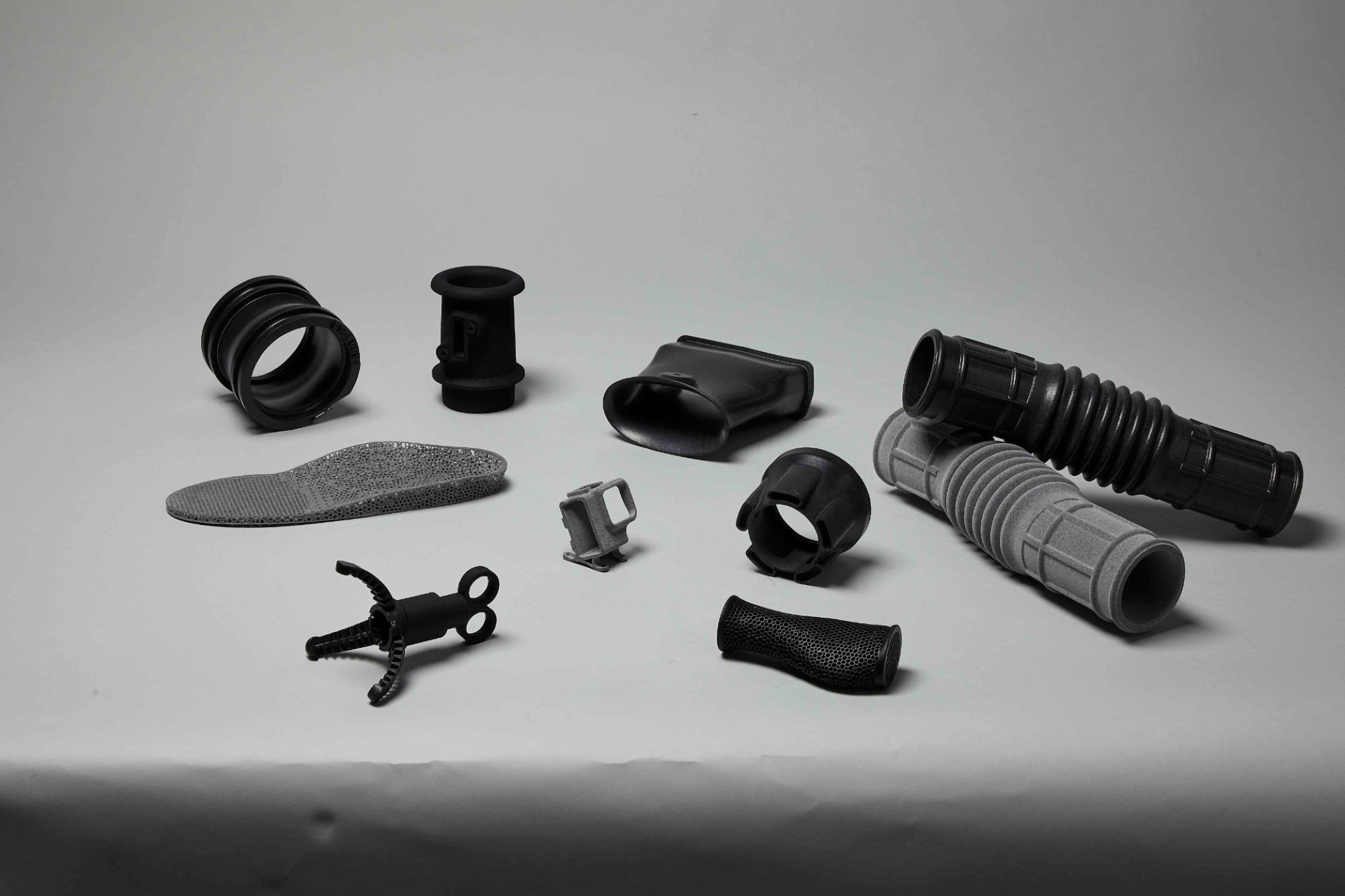Adapting technology trends for manufacturing surge
By OEM Update Editorial June 17, 2024 7:02 pm IST
The COVID-19 halt disrupted the manufacturing industry, with technology taking the lead. Dhawal Gupta, co-founder of Subhot Enterprises, discusses the industry’s upcoming tendencies and how the makers must quickly adjust to these technical breakthroughs and stay up to speed with trends to keep up with the market’s expansion.
Trends in the manufacturing sector are defined by business goals, market demands, and technological advancements, as is the case with most industries. The manufacturing trends 2024 are all in service of the ongoing efforts of manufacturers to overcome obstacles, enhance procedures, and find efficiency. The COVID-19 pandemic had a persistent impact, visible in the manufacturing sector. However, there will also be new opportunities and difficulties. The manufacturing themes that have shaped 2024, from worker safety to company flexibility and the necessity of adjusting to a possible “new normal,” are, for a significant part, a reaction to the particular difficulties of the past few years. Continuous technological advancements in connectivity and automation will likely solve issues and create previously unattainable opportunities.
Manufacturing trends-
Rise of Smart factories
Manufacturing facilities and factories are about to adopt smart factories. They aim to go from frequently or occasionally implementing smart equipment to fully functional systems with data analytics and communication between machinery. Central monitoring tools will play a huge role in the process. But why so?
Newer machinery is being phased out with older equipment, which has onboard sensors and monitoring tools. Also, manufacturers will be increasingly driven to adopt smart technology to keep up with rivals who are beginning to reap the same benefits.
The benefits of smart factories, such as added insights into process efficiency, lower overall operating costs, and more proactive and effective maintenance, are becoming exceedingly evident. This is aided by the declining costs of aftermarket sensors, software, and equipment.
Virtual Processes and Al
The ascending technologies, like digital twins, machine learning, AI (artificial intelligence), AR, and VR (augmented reality and virtual reality), are helping manufacturers scale up productivity and efficiency. They enable remote monitoring, servicing, and equipment operation without on-site presence. Virtual and remote operation is in line with other contemporary manufacturing advances that provide access, flexibility, and safety. connectivity is getting closer to real-time, and processing power is allowing for the illusion that the operator is in the same room as the machine, which is also powered by this factor. In reality, the creation of fully automated factories, or “dark factories,” has been facilitated by this technology.Supply chain analysis
The initial global supply chain disruption of 2020 made headlines. It brought home how unstable the regular norm has been for almost every facility and organisation in the following years. Facilities will continue to look to the supply chain for innovative methods to maintain value while adding flexibility and reliability in 2024 and making it an area of ongoing monitoring, management, and improvement. Data is one such tool, as data-driven inventory management is helpful for locating previously undiscovered supply chain efficiency. Manufacturers may reduce supply chain interruptions’ unpredictable and ever-changing nature by using data to help them adjust quickly to these changes.
Shifting the emphasis to B2C from B2B
Rebuilding consumer interactions is becoming possible for many corporations due to technological advancements and improvements in supply chain methods. In the contemporary era, many manufacturing businesses offer their goods directly to customers via e-commerce and other channels. This cuts out the middlemen, like retailers and wholesalers. With the majority consumers shopping online now more than ever, the aim is that the change from B2B to B2C becomes more common in the coming years.
Workplace health and safety
Employee safety is always the top priority. It should be monitored and promoted daily, rather than being a mere trend. Thus, new approaches to tracking and preserving employee health have been adopted, which is beneficial to both your staff and your company. Some organisations are opting to use more sophisticated equipment to track staff movements, locations, and even temperatures to assess the risk of diseases and injuries.
Cookie Consent
We use cookies to personalize your experience. By continuing to visit this website you agree to our Terms & Conditions, Privacy Policy and Cookie Policy.





